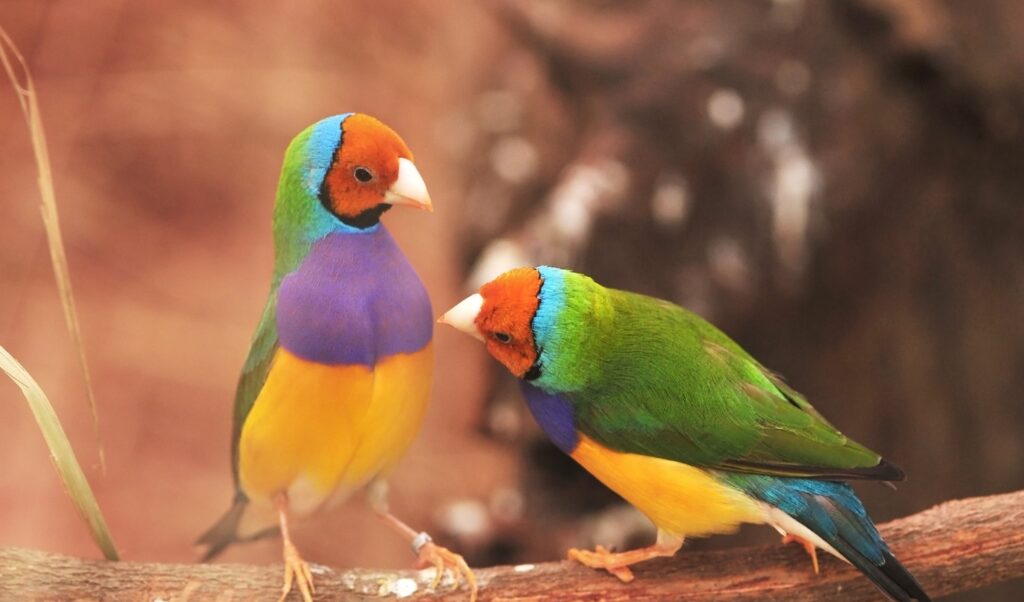Background
Aims
In nature there are distinct differences, whether morphological, behavioural or physiological, that can be seen between individuals of the species. These differences are often referred to as polymorphism.
Polymorphism is a phenomenon where, within a single interbreeding population, there exists one or more morphs that are distinct and genetically determined, with the rarest of these morphs occur too frequently to a result of mutation. It excludes any differences between sex, age and changes that can happen throughout seasons.
It is hypothesised that polymorphism offers selective advantages and disadvantages for each morph, thus maintaining a selective balance that further maintains polymorphism within a species.
Colour polymorphism results in different colour morphs existing within the same interbreeding population. Some notable examples being the Erhard’s wall lizard (Podarcis erhardii), the orb web spider (Verrucosa arenata) and the sparrowhawk (Accipiter melanoleucus). Like with other types of polymorphism, colour polymorphism could be considered advantageous to a population. Different colour morphs have been observed to use different niches and possess unique adaptions to various habitat types and resources.
Colour morphs also display differences in personality and behaviours. The most well-known example of this being the Gouldian finch (Erythrura gouldiae). This species is comprised of three distinct colour morphs: black-headed, red-headed and yellow-headed. Studies have shown that black-headed morphs are bolder and less risk averse while red-headed morphs are more socially dominant and aggressive towards conspecifics. Furthermore, a study by Claudia Mettke-Hofmann (2021) found that group composition affected vigilance behaviours and that the presence of a red-headed morph actually caused an increase in vigilance.
Therefore this thesis aims to investigate…
- The effects of head colour morph and group composition on the level of vigilance.
- Does stress levels differ between individual morphs and does group compositions affect these levels.
- Are red-headed morphs less likely to approach a novel object than the black-headed morphs.
